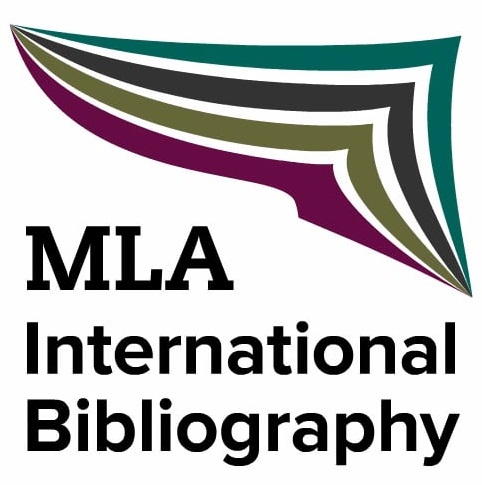Poetry, Thought, and Image Intertwined: “El Truco Preferido de Satán” by Walter Benjamin and Alberto García-Alix
DOI:
https://doi.org/10.13135/2281-6658/3095Keywords:
Walter Benjamin, Alberto García-Alix, Slavoj Žižek, Parallax, Contemporary Photography.Abstract
This paper proposes an exploration of various points of intersection between poetry, thought and contemporary photography by means of a ‘parallactic’ analysis of the volume El truco preferido de Satán, a compilation by Spanish poet Jenaro Talens that features a selection of fragments from Walter Benjamin’s unfinished magnum opus, The Arcades Project, which have been paired up with photographs by Alberto García-Alix, arguably the most renowned artistic chronicler of the Movida Madrileña in the 1980s. The resulting relationship of intermediality and supplementarity is a complex one, with moments of proximity, but also of extraneation. In order to capture these nuances and to elevate the obtained insights to a more general level, the notion of parallax, particularly in one of Slavoj Žižek’s specific formulations, serves as this essay’s methodological framework, as it sets out to understand García-Alix’s photographs as the elusive, spectral, parallactic supplement that discovers what would otherwise remain hidden in Benjamin’s fragments.Downloads
Downloads
Published
Issue
Section
License
Authors keep the copyrights for their work and give the journal the work’s first publication copyright, which is at the same time licensed under a Creative Commons License – Attribution, which in turn allows other parties to share the work with an acknowledgement of the work's authorship and initial publication in this journal.
Content Licence

You are free to copy, distribute and transmit the work, and to adapt the work. You must attribute the work in the manner specified by the author or licensor (but not in any way that suggests that they endorse you or your use of the work).
Metadata licence

CoSMo published articles metadata are dedicated to the public domain by waiving all publisher's rights to the work worldwide under copyright law, including all related and neighboring rights, to the extent allowed by law.
You can copy, modify, distribute and perform the work, even for commercial purposes, all without asking permission.





